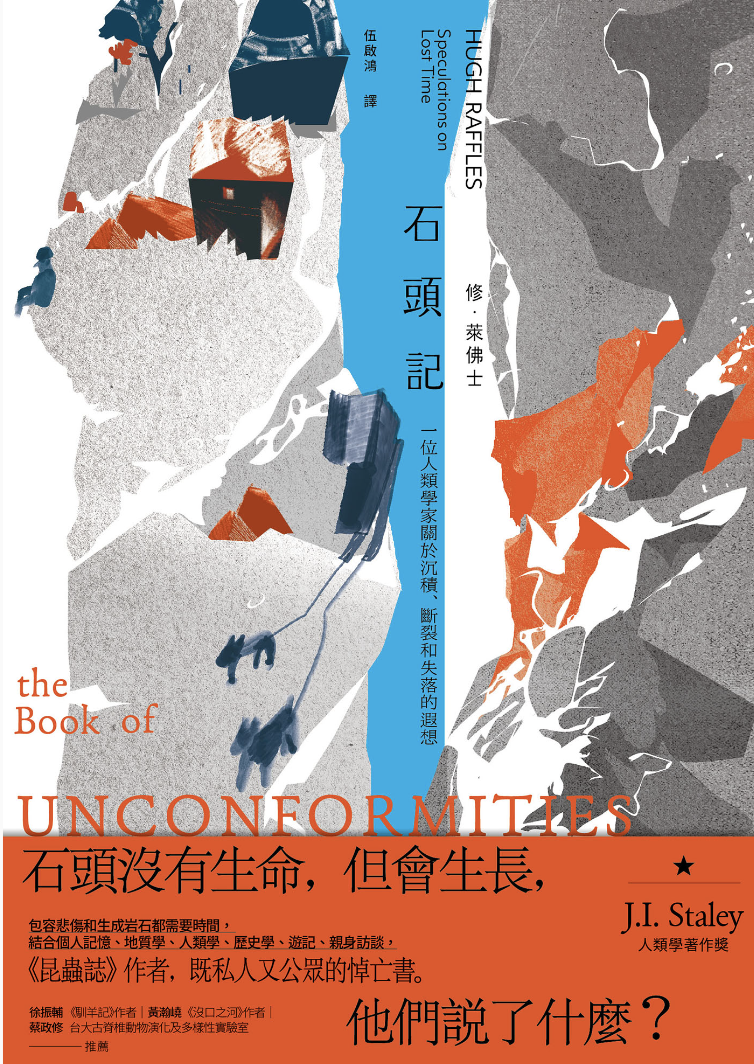1
/
of
1
Story of Stone
Story of Stone
Regular price
MOP$183.00
Regular price
Sale price
MOP$183.00
Unit price
/
per
Couldn't load pickup availability
Stones are lifeless, but they grow. What do they say?
It takes time to embrace sorrow and form rocks,
Memories and strata are stacked on top of one another, occasionally interrupted by discontinuities.
Combining personal memories, geology, anthropology, history, travel notes, and personal interviews,
This is a book of condolences that is both private and public.
--Won the JI Staley Anthropological Book Award--
It takes time to embrace sorrow and form rocks,
Memories and strata are stacked on top of one another, occasionally interrupted by discontinuities.
Combining personal memories, geology, anthropology, history, travel notes, and personal interviews,
This is a book of condolences that is both private and public.
--Won the JI Staley Anthropological Book Award--
The author's close family members passed away one after another, causing him to encounter the rupture of life. This discontinuity that ended abruptly echoed the unconformity in geology. The author, who is obsessed with stones, embarks on a journey of life reverie like a pilgrimage. He conducts on-site inspections in the Arctic Circle. In the "silent" rock world, he reads out the people and creatures forgotten by history, which are also reflected in his personal life experience. Refining interesting philosophical thoughts.
Traveling through places such as Greenland, Iceland, and the Scottish outlying islands, the author uses six types of rock minerals (marble, sandstone, gneiss, magnetite, blubber, and iron) to present the history of human interaction with the surrounding environment and propose specific A critical natural history. Marble and urban textures, sandstone and Stonehenge, gneiss and sacred worship, magnetite and volcanic disasters, blubber and whaling, iron and the Inuit, rock formations and stories disappear, but "outcrops of dykes" ” and evidence will help us find the lost past.
As an anthropologist, I personally visit the scene for every chronicle, whether observing, interviewing or actually getting along with the locals. In addition, I also use geology, paleontology, historical documents and travel notes to dig into the depth of history. Six types of rocks and six stories take place around the Arctic Circle, which seems to be the end of the world. But depending on where you look from, it may be the center of the world. For example: During the Cold War, the Arctic Circle was a hot spot for conflicts between various countries. . The author also leads us to explore several themes, such as human beliefs, aborigines who have entered contemporary time, exploration of the unknown in the Age of Discovery, and how the whaling industry affects the natural environment. Every disappearance and every piece left behind forms our present moment.
Whether it is the artificial stone "blubber" that was born during the era of crazy whaling, or the "meteorites" secretly hidden by the Inuit people that Western white people covet, or the Nazi concentration camps that forced people to work for the military industry "mica flakes"... Rocks It may seem hard, but behind the rock are stories from different angles and versions, suddenly throwing us from the hard foundation to various possible interpretations. Rocks may seem lifeless, but their formation and use are closely related to human existence.


